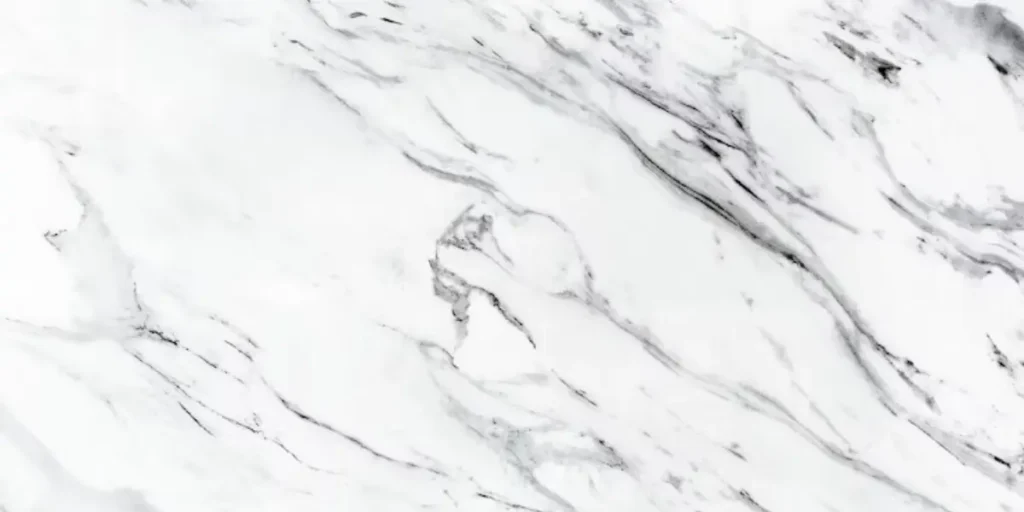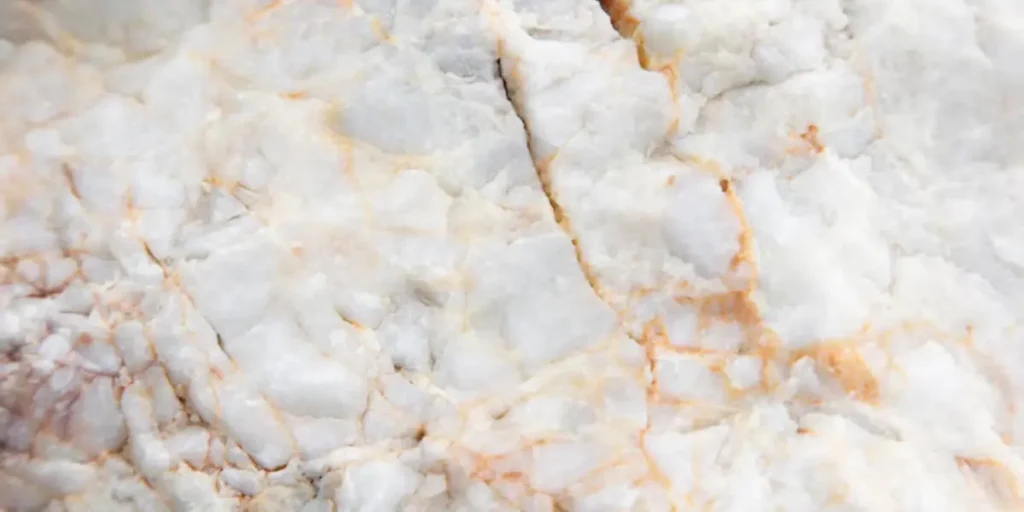Marble stone has been coveted for centuries thanks to its natural beauty, variety of colors and patterns, and ability to add luxury and sophistication to any space. Whether you want to revamp your kitchen counters, install a new flooring surface, or completely redesign a bathroom, marble stone can be the perfect material to elevate the aesthetics and value of your home. In this guide, we’ll explore everything you need to know about using marble stone for interior and exterior applications.
Understanding Marble Stone

Marble stone is a metamorphic rock that forms deep underground from limestone through heat and pressure over millions of years. It is composed mainly of calcite and dolomite crystals. Marble stone forms in many different colors and patterns depending on its mineral and chemical content. Some of the most popular marble varieties used for interior design include white Carrara marble, Biancone marble, black marble, black Marquina marble, black absolute marble, beige marble, Botticino marble, crema marfil marble, and green Guatemala marble.
Benefits of Marble Stone
There are several key reasons why marble stone remains a popular choice for high-end homes and commercial spaces after all this time. Some of the top benefits of using marble include:
Natural Beauty – Marble stone has an elegant, luxurious appearance thanks to its unique veining and color patterns that occur naturally during formation. No two slabs are exactly alike.
Durability – When properly sealed and maintained, marble stone can last for decades in interior and exterior applications. Its durability rivals other luxury materials like granite.
Heat Resistance – Unlike other natural stones, marble stone is heat resistant up to 1,650°F, making it suitable for kitchen backsplashes and countertops near cooktops and ovens.
Low Porosity – Finely-grained marbles have low porosity, meaning they are less permeable to stains and etching from acids and chemicals compared to other types of natural stone.
Versatility – Marble stone is a very versatile material that can be used for floors, walls, countertops, furniture, fireplaces, and more. It pairs beautifully with other luxury materials.
Enhances Value – Installing marble stone in high-traffic areas like kitchens and bathrooms adds luxury curb appeal and can increase a home’s resale value.
Applications for Marble Stone
Let’s explore some of the most popular interior applications where marble stone truly shines:
Marble Stone Kitchens
Marble countertops and backsplashes are a timeless luxury in the kitchen. White Carrara marble, Biancone marble, beige marble, and light green marbles complement a variety of cabinetry styles. Marble is heat and stain resistant enough for food prep use when properly sealed.
Marble Stone Flooring
Whether you want a polished, glossy finish or a honed, matte look, marble makes a gorgeous flooring material in foyers, dining rooms, and bathrooms. Travertine, Roman travertine, and other green and beige marbles hold up well to foot traffic.
Marble Stone Bathrooms
Nothing elevates a bathroom remodel like luxurious marble accents. Use it for walls, countertops, shower surrounds, or full marble floors. Popular choices are white Carrara marble, black absolute marble, and textured travertine.
Fireplace Surrounds
Marble stone creates a luxe mantel and decorative surround for gas or wood-burning fireplaces. Consider veined white or gray marbles, or dark statement stones like black Marquina marble.
Furniture and Decor
Get creative with marble by using slabs and tile remnants for coffee tables, side tables, wall art, bookends, and statuary. Pale green, beige and gray marbles pair beautifully with modern and traditional interiors.
Maintaining Marble Stone
With proper care and maintenance, marble stone surfaces can last for decades. Here are some tips for keeping your marble looking its best:
- Seal new installations with a high-quality sealant and reapply every 1-2 years depending on traffic. This protects the stone from stains.
- Use specially formulated marble cleaners and avoid acidic or abrasive products that can damage the stone over time.
- Blot spills immediately instead of wiping. Rubbing can spread liquids.
- Sweep or dust regularly to remove grit that acts like sandpaper on polished marble surfaces.
- Consider installing protective mats near entrances to catch rainwater, grit, and debris from shoes.
- Be aware that some fabrics like denim and acidic foods can leave marks. Use coasters under plates and mats under potted plants.
- Re-hone shiny marble countertops every 5-10 years to restore their lustrous appearance.
With proper sealing and care, marble stone will retain its luxury aesthetic for many years. Following these maintenance tips helps prevent damage and preserving its pristine beauty.
Costs of Marble Stone Projects
Naturally, marble prices vary depending on slab quality, thickness, finishes, and amount of material and labor needed for a project. Here’s a general overview of marble costs:
- Thin marble tile or mosaics for accent walls start around $10-15 per square foot installed.
- Marble floor tile costs $8-15 per square foot on average for materials and installation. Expect additional expenses for substrate and floor prep.
- Thick slabs for countertops range between $80-150 per square foot before fabrication and installation, which adds a few hundred dollars.
- Full-scale bathroom remodels with marble shower walls, flooring, and vanities run $7,000-15,000 on average.
- Fireplace surrounds made from marble slab or tile cost $2,000-6,000 depending on the size of the fireplace and complexity of the design.
While more expensive than other natural stones initially, marble’s beauty and longevity make it a worthwhile investment for high-traffic areas and spaces where you want to create a luxurious ambiance. Proper care will protect your marble stone investment for decades.
Is Marble the Right Material for Your Home?
By now, you should have a good idea of marble stone’s aesthetic appeal, various applications, maintenance requirements, and costs. So how do you decide if this luxurious natural material makes sense for your renovation project? Here are a few factors to consider:
Budget
As we’ve reviewed, marble stone commands higher initial prices than some other natural materials like granite, quartz, and travertine. Make sure your budget can accommodate the costs of a full marble installation before committing to the material. However, remember that it will retain or increase your home’s value over time.
Lighting and Traffic Levels
Marble is a porous material that requires sealing and some tender loving care to look pristine long-term. It may not be ideal for very high-traffic areas that see muddy shoes or in spaces with very dim lighting where spills and marks won’t show as easily. Granite or quartz could be more durable options in those situations.
Aesthetic Style
Marble comes in a dazzling rainbow of colors, patterns, and finishes. Make sure the look you envision complements your interior design aesthetic and works with your selected cabinetry, lighting, and surrounding decor. Marble is versatile but may not suit every vibe or color palette.
Maintenance Commitment
As beautiful as marble is, maintaining its sealed protection and gently cleaning spills requires care. Are you willing to sweep regularly, reseal every 1-2 years, and use gentle cleaners? Marble deserves TLC to retain its luxury appearance long-term. Consider lower maintenance materials if care is a concern.
Surface Deterioration Risks
While non-porous surfaces like granite are resistant to etching, marble can be damaged over time by chemicals and acidic substances. Evaluate what products will come into contact with counter surfaces. Dark or stained marble may show wear more quickly than light veining and graining.
Conclusion
In conclusion, this post provided an in-depth overview of the luxurious material known as marble. From its natural geological formation to the variety of interior and exterior applications, benefits, costs, care and maintenance tips, readers should now have a solid understanding of why marble remains a top choice for high-end residential and commercial spaces. Its natural beauty, durability, and versatility make it a timeless addition to homes and businesses seeking an elegant aesthetic that will stand the test of time.
For more information on stone projects in San Francisco including marble, granite, and travertine, contact SF Marble and Granite. Located at 755 Dutton St. Lowell, MA 01854, their showroom features thousands of slabs to choose from. Contact them at 978-459-5825 or via email at sfmarbleangranite@gmail.com for inquiries, quotes, or design consultations. They have been serving the Bay Area with luxurious natural stone installations for over 25 years.
FAQs
Is marble expensive?
Marble can be more expensive initially than other stone materials, but it retains its value well and adds luxury and curb appeal to homes. Prices vary by source, thickness, finishes etc. Expect $80-150+ per sq ft for countertops.
Is marble porous?
Yes, marble is porous and requires sealing to protect it from stains. New marble should be sealed and resealed every 1-2 years depending on traffic levels. Proper sealing maintains the stone’s beauty for decades.
How do I clean marble?
Use a gentle cleaner formulated for marble and blot spills immediately. Do not rub as it can spread liquids. Sweep regularly to remove grit. Avoid abrasives or acidic cleaners. Re-hone counts every 5-10 years.
Is marble heat resistant?
Marble can withstand temperatures up to 1,650°F, making it suitable for use as kitchen countertops and backsplashes near cooktops and ovens. Its heat resistance is part of what makes it durable for high-traffic applications.
Does marble stain easily?
Properly sealed marble is quite stain resistant, however some substances like oils, dyes or acids may cause lasting marks if not rinsed promptly. White/light marbles show marks more than darker/textured varieties. Always test new cleaners.

